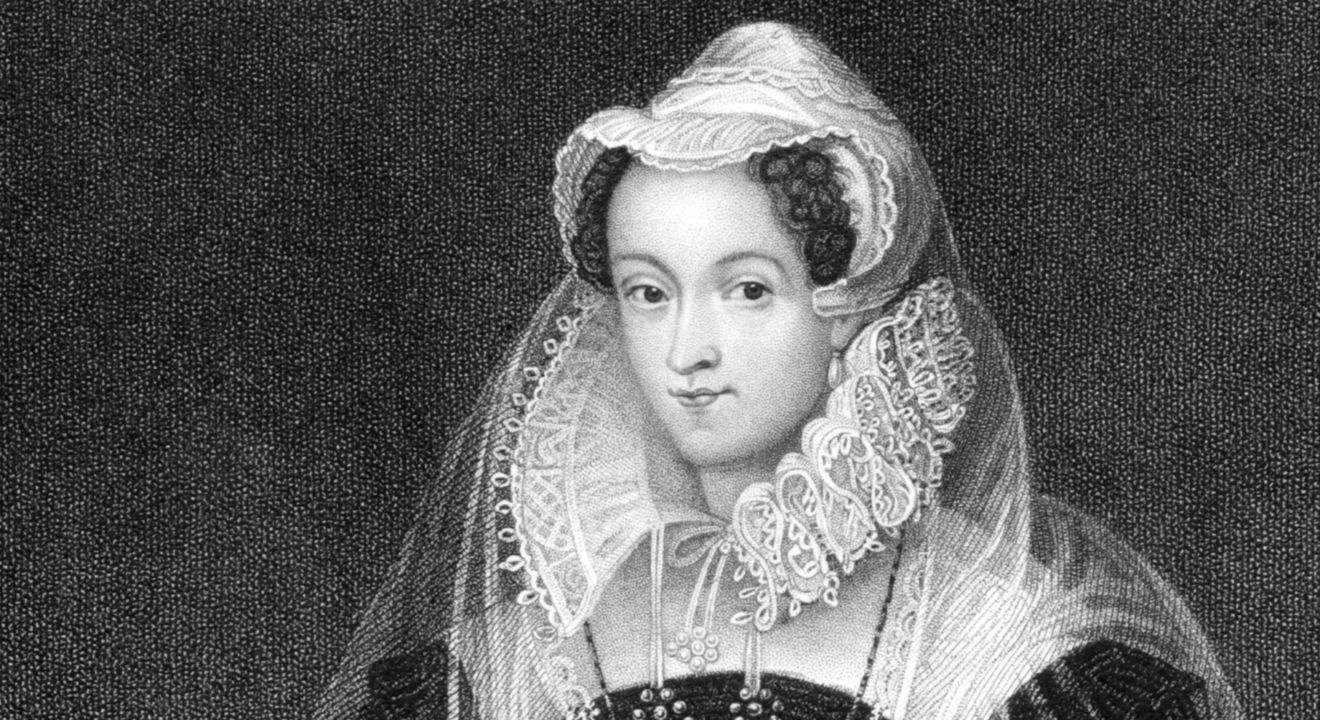Inspiration February 9, 2017


In our ongoing series #WomenThatDid, ENTITY profiles inspirational and famous women in history whose impact on our world can still be felt today. If you have a suggestion for a historical powerhouse you would like to see featured, tweet us with the hashtag #WomenThatDid.
NAME: Mary, Queen of Scots
LIFETIME: December 8, 1542 – February 8, 1587
WHAT SHE IS KNOWN FOR: Mary, Queen of Scots and one of the famous women in history, became Queen of Scotland when she was just six days old. She spent most of her childhood in France and married the Dauphin in 1558. She was briefly queen consort of France, before her husband’s untimely death.
WHY WE LOVE HER: As a child, Mary was raised at the French court, primed to become Queen of Scotland and France. She was queen consort for less than a year when her husband died. She then returned to Scotland, where she married Lord Darnley, a cousin of Queen Elizabeth I. Elizabeth felt threatened by the marriage because both had strong claims to the English throne. It didn’t help that Mary had declared herself the rightful Queen of England, after the death of Queen Mary I of England, and many people supported this claim. Mary’s only child, James VI of Scotland, was born of Lord Darnley.
After his birth, the marriage began to break down. Darnley was found murdered in his garden, and Mary and James Hepburn, Earl of Bothwell, came under suspicion. After both were cleared of all charges, Bothwell abducted Mary and they were married. The Scots did not approve of the match and the Scottish peers turned against both of them. She was forced to abdicate. Mary fled to England, hoping that Elizabeth would help restore her to the throne. She was sorely mistaken, and held in captivity for the next eighteen and a half years.
FUN FACT: Letters were deciphered that proved Mary sanctioned Elizabeth’s assassination. Previously, Elizabeth had hesitated with what to do with her cousin, and captivity proved to be the best option. However, after the letters were discovered Elizabeth put Mary on trial for treason. She was found guilty and sentenced to death. Mary climbed the scaffold wearing crimson-brown petticoats, the liturgical color of martyrdom in the Catholic faith. But even death didn’t keep her from becoming one of the famous women in history.